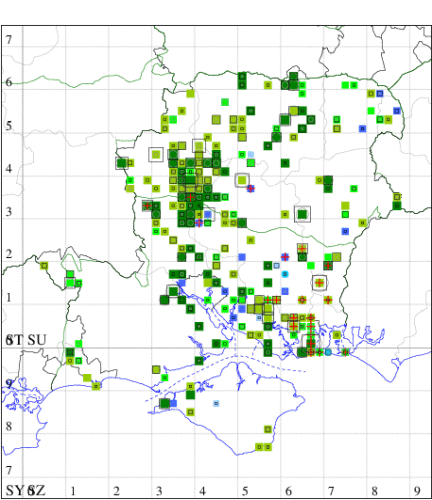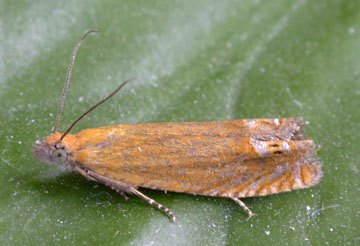Lathronympha strigana
Checklist Number49.345 [B&F: 1219]
Verification
Record will be accepted (subject to date and location checks)
Classification
| Family: | Tortricidae |
| Subfamily: | Olethreutinae |
| Genus: | Lathronympha |
| Species: | strigana |
| Authority: | (Fabricius, 1775) |
Common in open woodland and dry pastures throughout the British Isles, most numerous in southern England. Widespread and common in Hampshire except in the New Forest, where apparently absent. Recorded on the Isle of Wight on only a handful of occasions since the first record in 1977. Wingspan 13-17 mm. A distinctive species, recognised by the orange-ferruginous coloration of the forewing and the absence of fasciate markings [Bradley]. Larva feeds on various species of St John's-wort, living within a spun or rolled leaf.


The abundance in each month is indicated as follows:
 No records
No records Very occasional
Very occasional Irregular
Irregular Uncommon
Uncommon Off-peak, but not unusual
Off-peak, but not unusual Off-peak, but not unusual
Off-peak, but not unusual Main flight time
Main flight time| J | F | M | A | M | J | J | A | S | O | N | D | |
|---|---|---|---|---|---|---|---|---|---|---|---|---|
| Adult |  |  |  |  |  |  |  |  |  |  |  |  |
| Larval |  |  |  |  |  |  |  |  |  |  |  |  |

